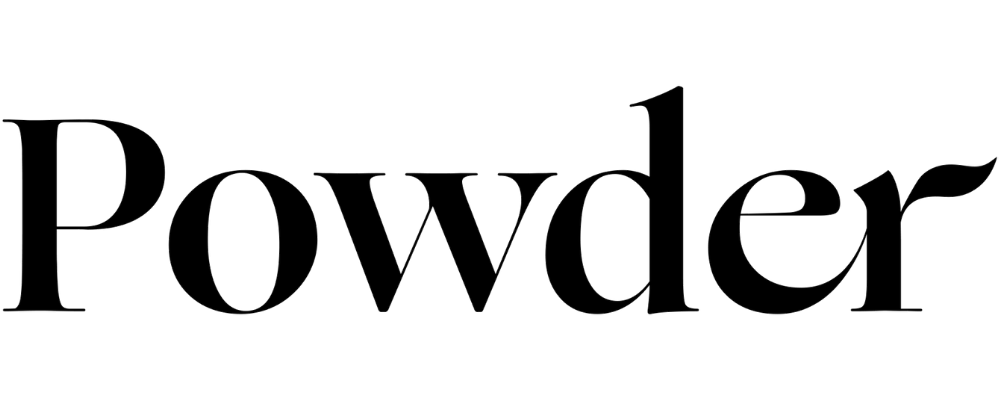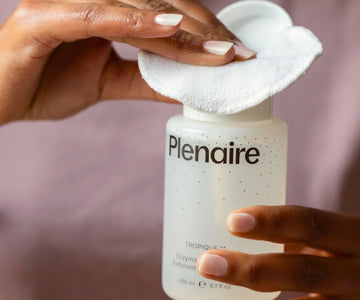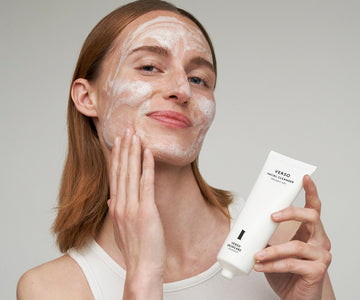
What causes acne? It's a complicated question. If you have breakout-prone skin and have tried every anti-acne skincare product or routine in the book, you may have heard that what stands between you and the perfect, clean skin you dream of is your dairy consumption. Maybe you have heard a celebrity endorser swear by avoiding dairy for glowing skin or read one of a growing number of magazines articles arguing that there is a strong correlation between your dairy intake and skin conditions such as acne, dull or aging skin. So where is the truth in all of this and are your milky lattes really causing your breakouts?
Hormones!
In order to produce milk, cows used for dairy farming must be pregnant. As a result of their pregnancy, their bodies are flooded with hormones such as progesterone and insulin growth factors. Some researchers suggest that as these hormones make their way into our bodies through dairy consumption, they may promote inflammation and stimulate sebum production, leading to more breakouts.
Not all dairy is created equal…
So, is it necessary to eliminate all dairy to ensure smooth, clear, breakout-free skin? Apparently not as the jury is out on how different dairy foods impact your skin. Research indicates that yogurt and cheese do not have a direct impact on your skin health and that yoghurt, for example, may even help reduce breakouts due its probiotic content. It is not clear why cheese doesn’t have an obvious effect – one possibility is that it could be due to the reduced lactose content however further research is required to come to a definitive conclusion. It is also possible that whole milk may be better for your skin than skimmed milk, as casein and whey are often added to skimmed milk, releasing additional hormones into your bloodstream which can trigger those dreaded pimples.
So, do we have to choose between great skin and our favorite food?
Even if you are not convinced by the science – because correlation doesn’t mean cause – it is worth cutting or reducing your dairy intake temporarily to determine whether or not it leads to pimples for you. The average life of a skin cell is 120 days, so the most efficient way of doing this would be to completely eliminate all dairy from your diet for this period of time to see how your skin responds. After this period, dairy products can be slowly re-introduced – one at a time – to determine whether your skin reacts. If you notice an increase in breakouts then it might be time to seek alternatives for your calcium intake! Coconut, oat and almond milks are great alternatives. Organic soy is also a good option for some but may trigger inflammation in others – which can also lead to breakouts – so it not as ideal a long-term replacement. These milk alternatives should also be consumed in moderation as they are often loaded with sugars which can lead to other health problems, so always check the label carefully. And if you do not notice your skin reacting after a period of elimination… bring on the cheese tray! In moderation of course.






















